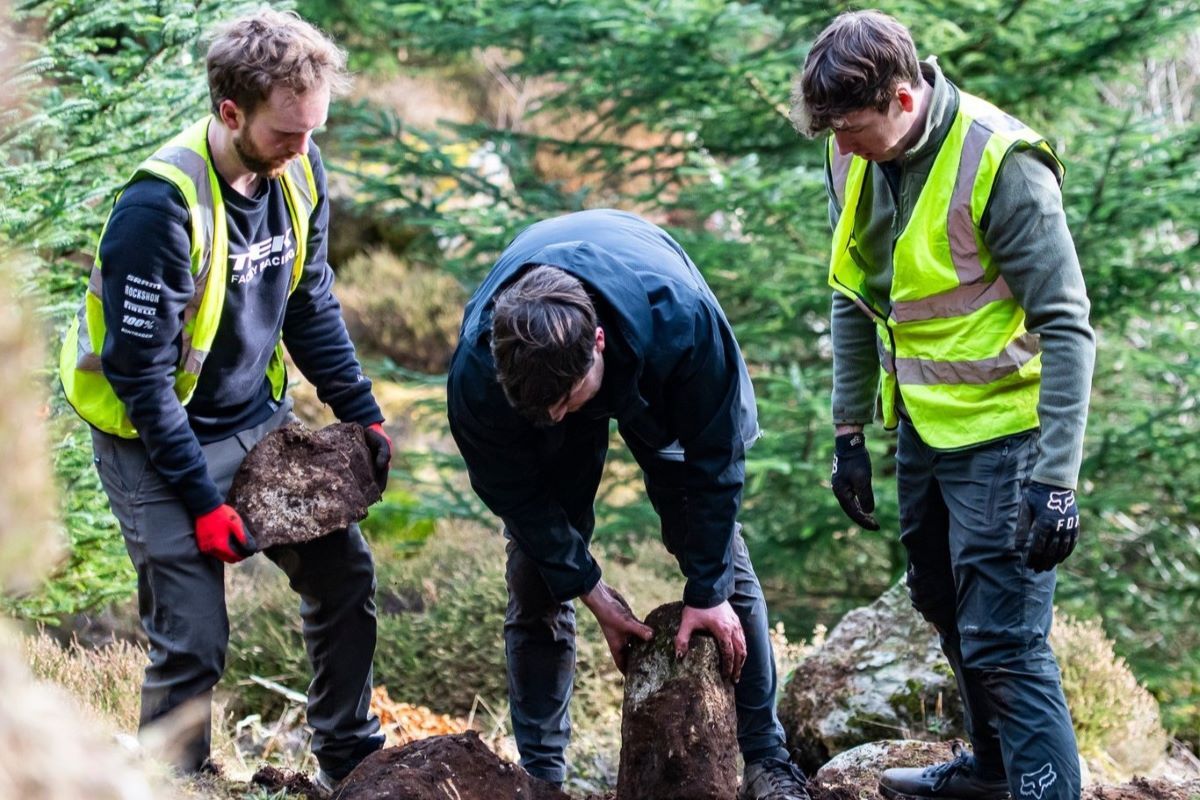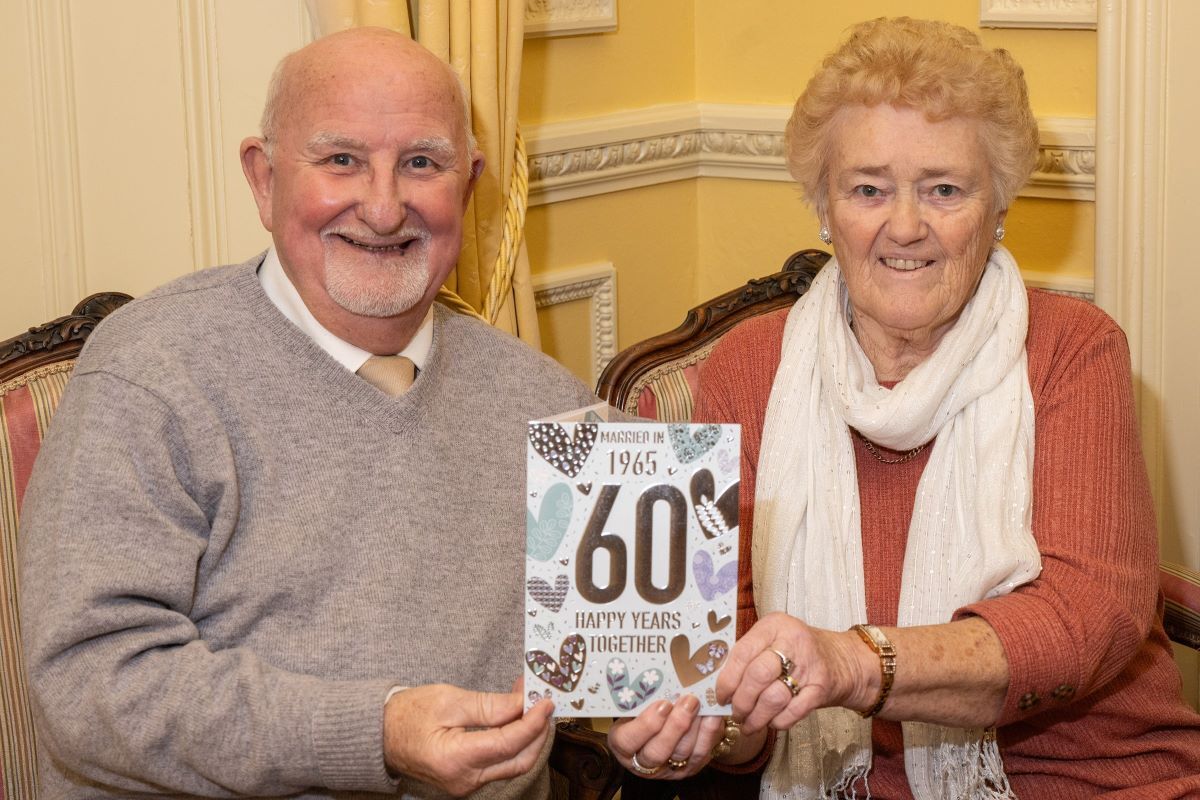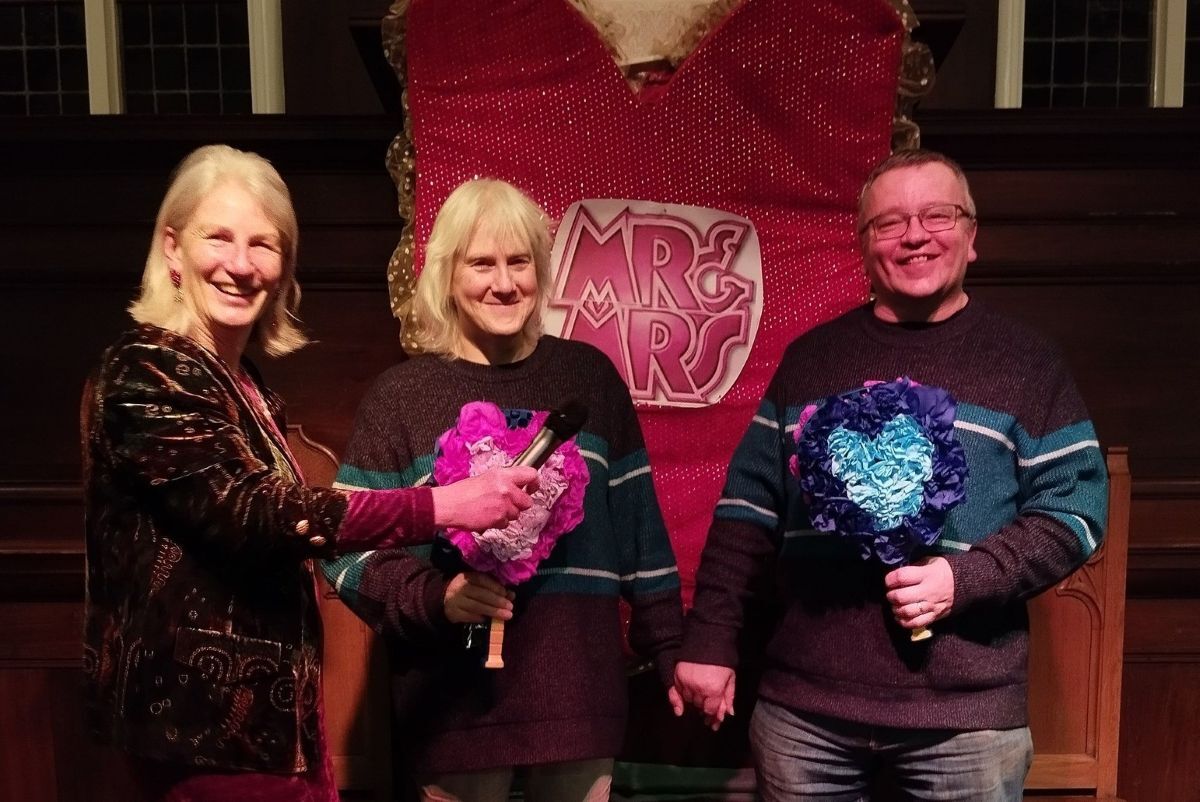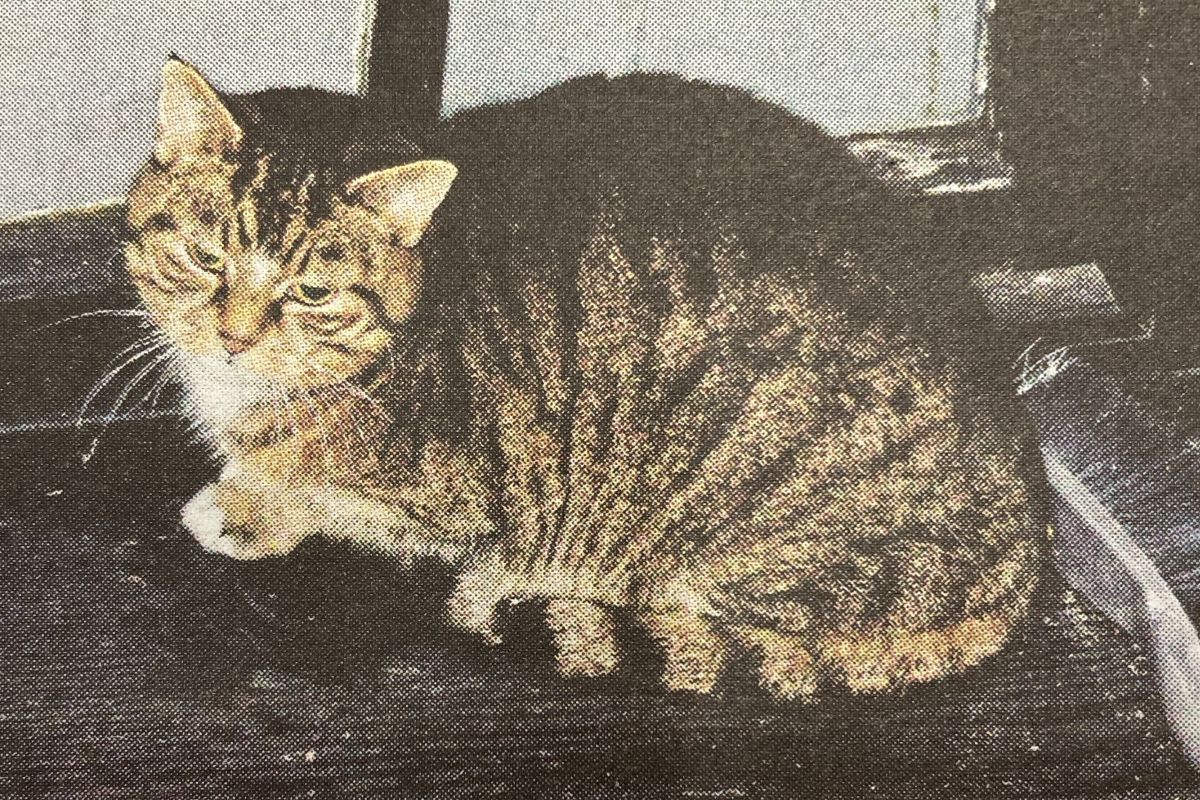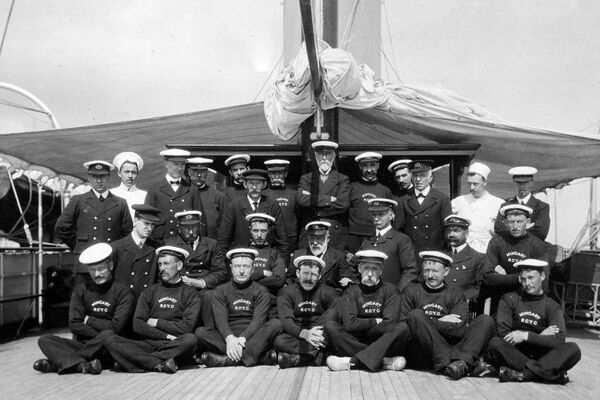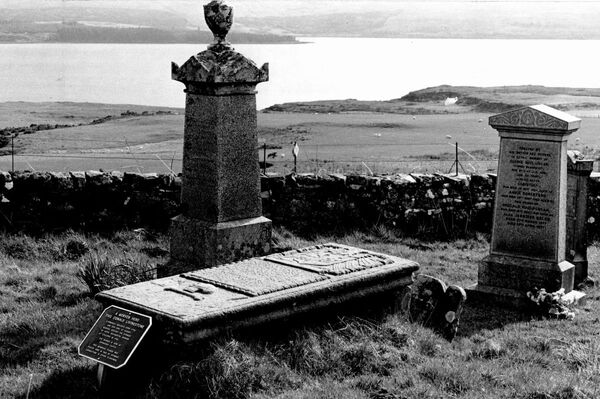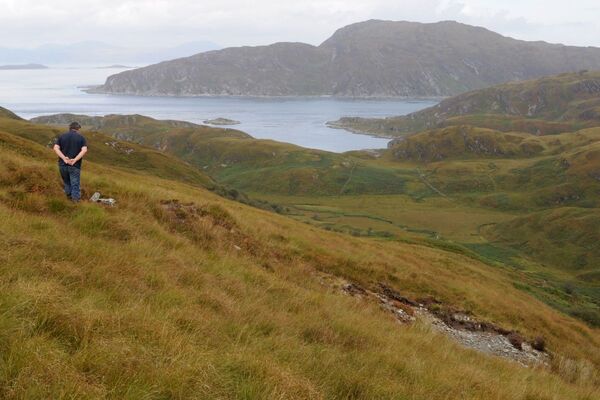From Russia with love
It is nothing less than tragic to hear how Russian leadership is behaving towards the Ukraine – one of its closest neighbours.
From the Mid-16th to the 20th century thousands of people flocked to Russia from Scotland knowing it was unsurpassed as the land of opportunity.
Scottish soldiers first made their mark at the time of Tsar Ivan the Terrible. Russia’s first serious military reform was entrusted to the supervision of a Scot. The principal Russian order of knighthood and the saltire chosen by Peter the Great as the banner for his naval fleet bear an obvious resemblance to Scotland.
The debt is acknowledged in the original statutes of the Russian Order of St Andrew.
Scottish entrepreneurs and engineers, with their great technological traditions, shone. Charles Gascoigne and Charles Baird created their own industrial kingdoms in St Petersburg and beyond. Baird owned a wharf where in 1815 he devised and launched Russia’s maiden steamship, the Elizaveta. In 1856 Murdoch Macpherson founded his giant Baltic Works and Shipyard, still running today at the mouth of the Neva.
Scholarly and artistic contacts also prospered from the early 18th century onwards. James Bruce and Robert Erskine, the most learned men in Petrine Russia, bequeathed their unique libraries and collections to the St Petersburg Academy of Sciences.
The architects Charles Cameron, Adam Menelaws and William Hastie stand on a par with any European master of their time.
Scots’ doctors made an extraordinary contribution, directing Russian medical bodies, publishing novel essays and practising modern methods of treatment. Probably the most eminent of them was James Wylie, who rose from regimental surgeon to personal doctor of three Emperors, President of the Medico-Chirurgical Academy and Russia’s sole baronet.

There was a day when there were a number of links binding Morvern and Mull to the ruling families of this vast and powerful empire.
The first was Charles Cameron (1743-1812) whose family, the Jacobite Camerons of Glendessary, lived at Acharn in Morvern. Charles became architect to the Russian Empress, Catherine II, known as ‘The Great’.
Cameron arrived in Russia in the summer of 1779 and through his talent soon came to the attention of the Empress. His first work was to alter and enlarge Tsarskoye Selo Palace, the former residence of the imperial family near St Petersburg, whose façade is a staggering 1,200 feet long.
Having delighted the Empress with this, she commissioned him to build the Agate Pavilion in the palace grounds, described by experts as ‘the most exquisitely elegant, neoclassical interior in 18th-century Europe’.
He also built the Cameron Gallery, which is the only building in the world, it is believed, to be named after its architect. In later years when the Empress was too old and heavy to walk up the steps of the Kameronova Gallereya, he added an inclined ramp to assist her.
Charles Cameron found Russian workmen lazy, incompetent and thieving, and more used to working with wood than stone, so he imported labour from Scotland; perhaps even from Lochaber and Morvern.
He died in St Petersburg. His grave is no longer known and his distinguished career disappeared into oblivion and obscurity for many years thanks to the anti-Jacobite brigade.

Back in Morvern there are a number of Cameron of Glendessary gravestones in Kiel. One very fine table-tomb is complete in every sense of the word except that it lacks an inscription. It is thought to have been commissioned for Charles by his family in the hope that one day his body would come back to Morvern from Russia. It seems it never did and the stone was left unmarked.
The second link was Catherine Mackinnon who was born in 1778 at Uisken on the Ross of Mull. Her mother was a Macdonald and her father, John Mackinnon, known locally as ‘Gobha Fada’, (the tall smith), was a cattle dealer and blacksmith at Gribun around 1800.
One of his direct descendants was Donald Mackinnon, first elected Professor of Celtic Languages, Literature, History and Antiquities at Edinburgh University, a chair he occupied from 1882 to the year of his death in 1914.
According to several sources Catherine went to live with an aunt in Edinburgh when she was in her early twenties. There she met Norman Macleod of Fiunary and an English woman whose husband held an official position in St Petersburg. Both encouraged her to travel to Russia where she met someone who introduced her to a member of the Russian Imperial Family.
However, according to Ross of Mull tradition, the Russian Royal Family was cruising in Scottish waters; they came ashore near Gribun where during a walk met Catherine and her family. Taken by her natural charm and pleasant manner, they invited her to return with them to Russia. Her parents agreed feeling that she would have greater opportunities there than on Mull.
Whatever the true story is we will never know but Catherine, the blacksmith’s daughter from Gribun, served three Czars and was nanny and governess to their children; this is why Alexander II was able to speak fluent English whenever he visited London. He even picked up some Gaelic from Catherine and could sing a few songs in the language!
When the Crimean War began in 1853, Catherine, now an old lady, decided she could not live in the palace while Russian troops were killing her countrymen, so she asked if she could retire. Sad to let her go, the Czar asked if there was anything he could do.
“Nothing”, was her reply, “except to order his army commanders to show mercy to any Highlanders wounded or taken prisoner”. This he did.
After the Crimean War ended and shortly before she died in 1858, Catherine wrote to her family in Mull to tell them that she had lent a considerable fortune to a Col Michael Kiriakoff of the Emperor’s Guard at St Petersburg. He was to return it to them in full but it never reached Mull.
Interestingly, The Oban Times tried to help her relatives by publishing articles and letters on the subject, but the whereabouts of the ‘Russian Fortune’ remains a mystery to this day.
When Catherine was dying it is said that the Czar came to her bedside every day to read to her from the Gaelic Bible from which she had taught him. The Imperial Family never forgot her and some years later, according to The Oban Times of July 2, 1892, Czar Alexander III ordered a length of tweed from her old home on the Ross of Mull to remember her by.
Latest News
JOBS
Business Development Manager - Highland Broadband
Sign up to our daily Newsletter
Permission Statement
Yes! I would like to be sent emails from West Coast Today
I understand that my personal information will not be shared with any third parties, and will only be used to provide me with useful targeted articles as indicated.
I'm also aware that I can un-subscribe at any point either from each email notification or on My Account screen.
You may also like
Super yachts in West Highland waters
Heroes and a hymn from across the Atlantic
The vanishing red deer of the Highlands
Latest News
JOBS
Business Development Manager - Highland Broadband



